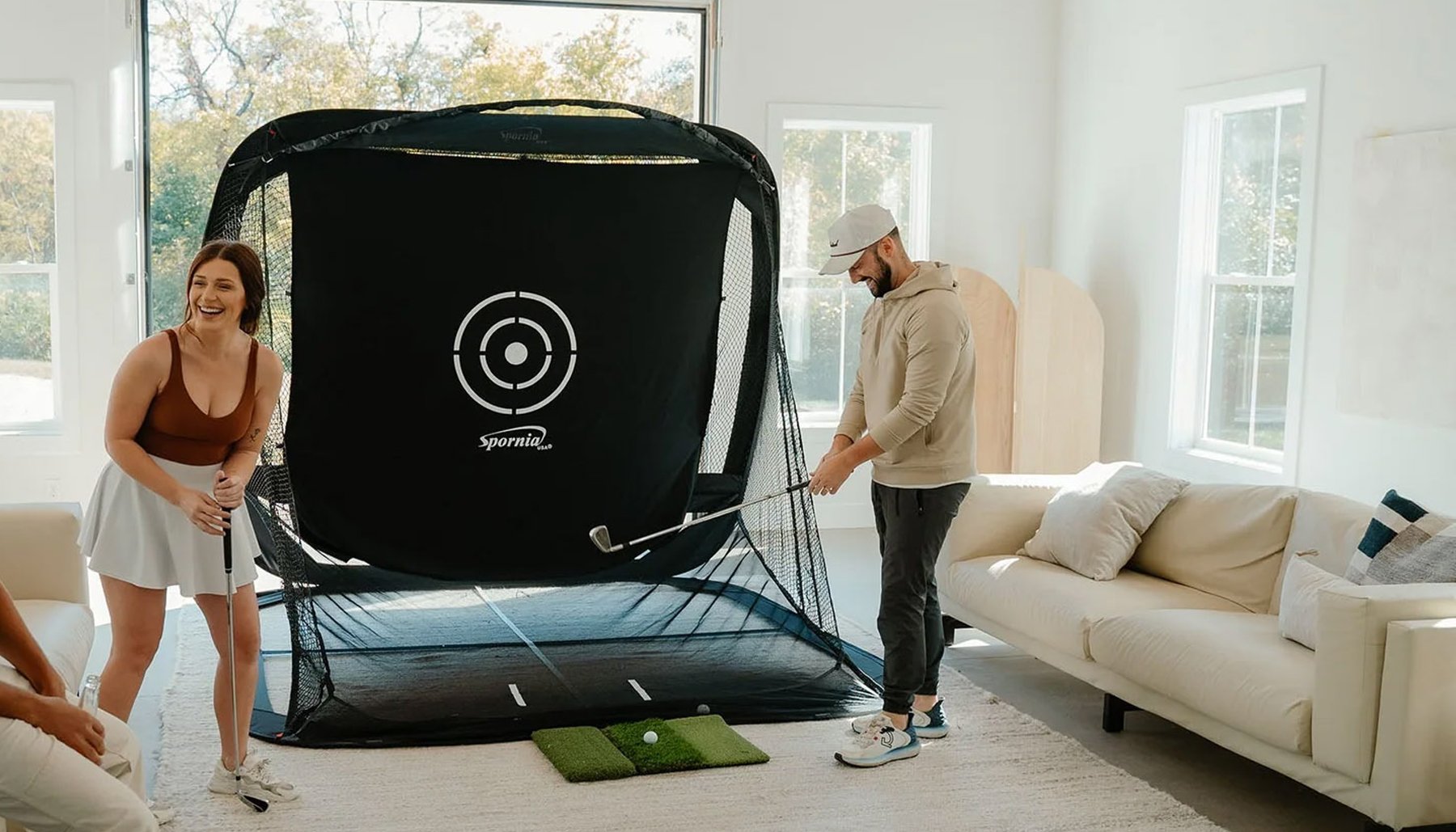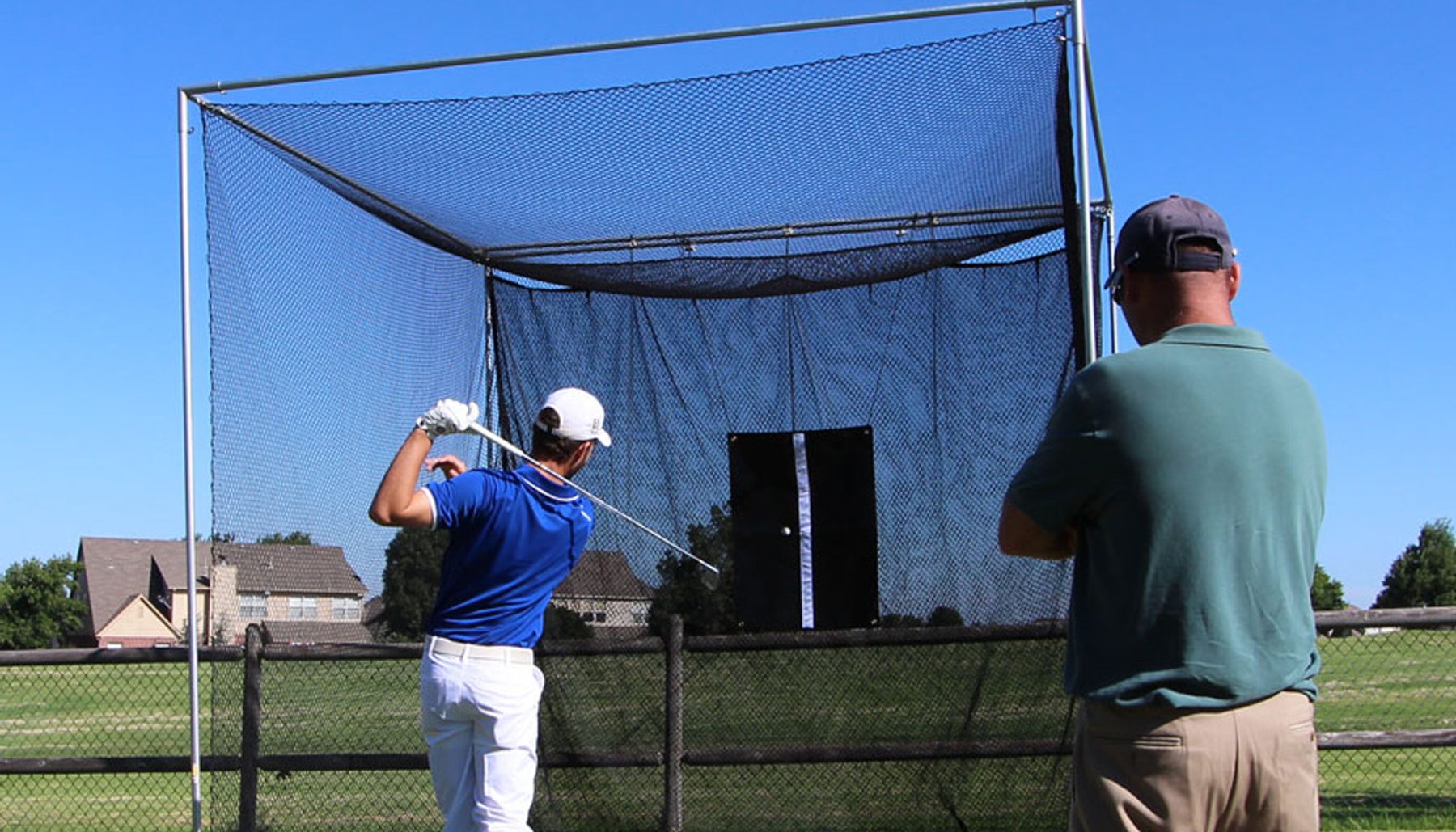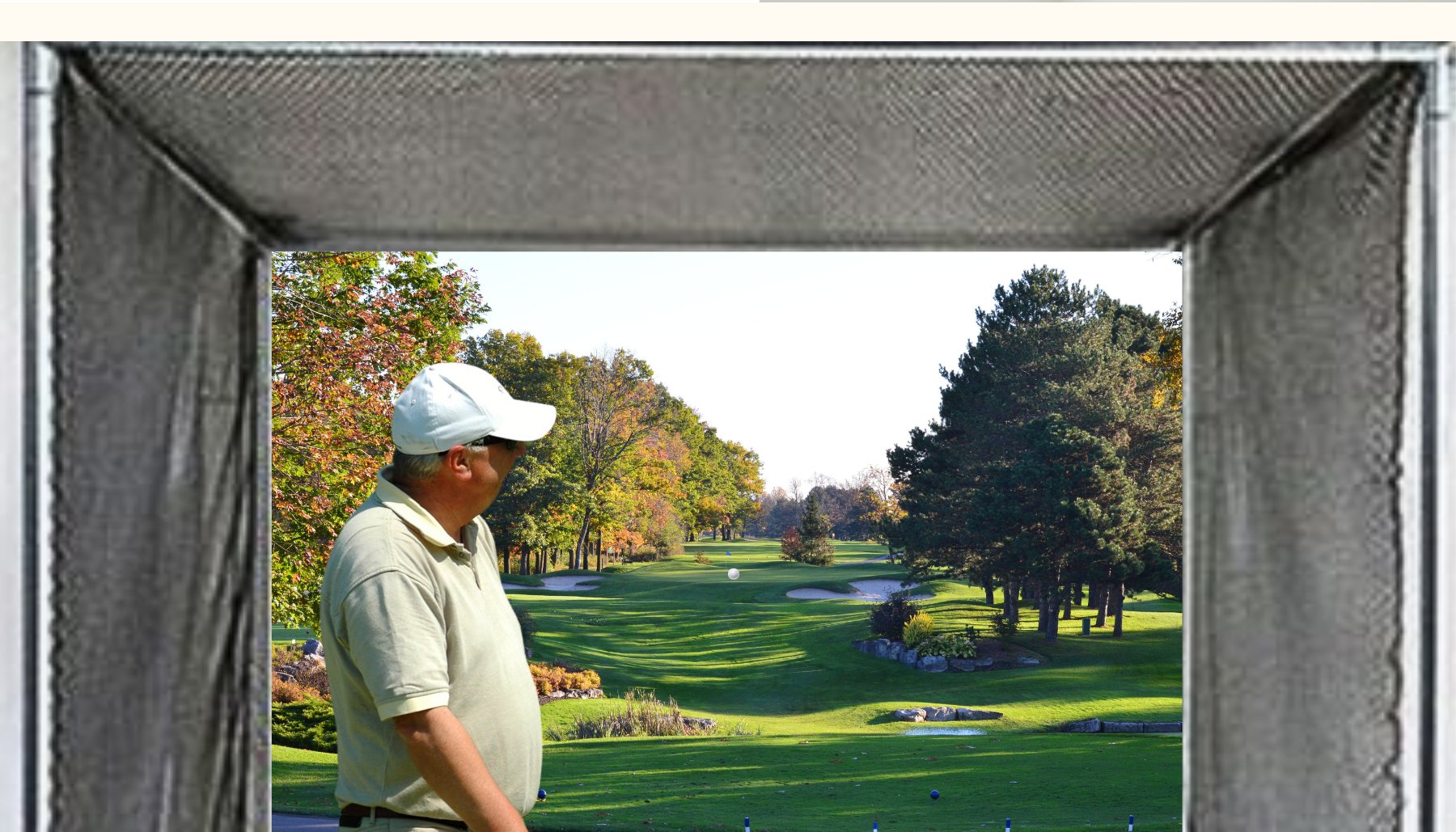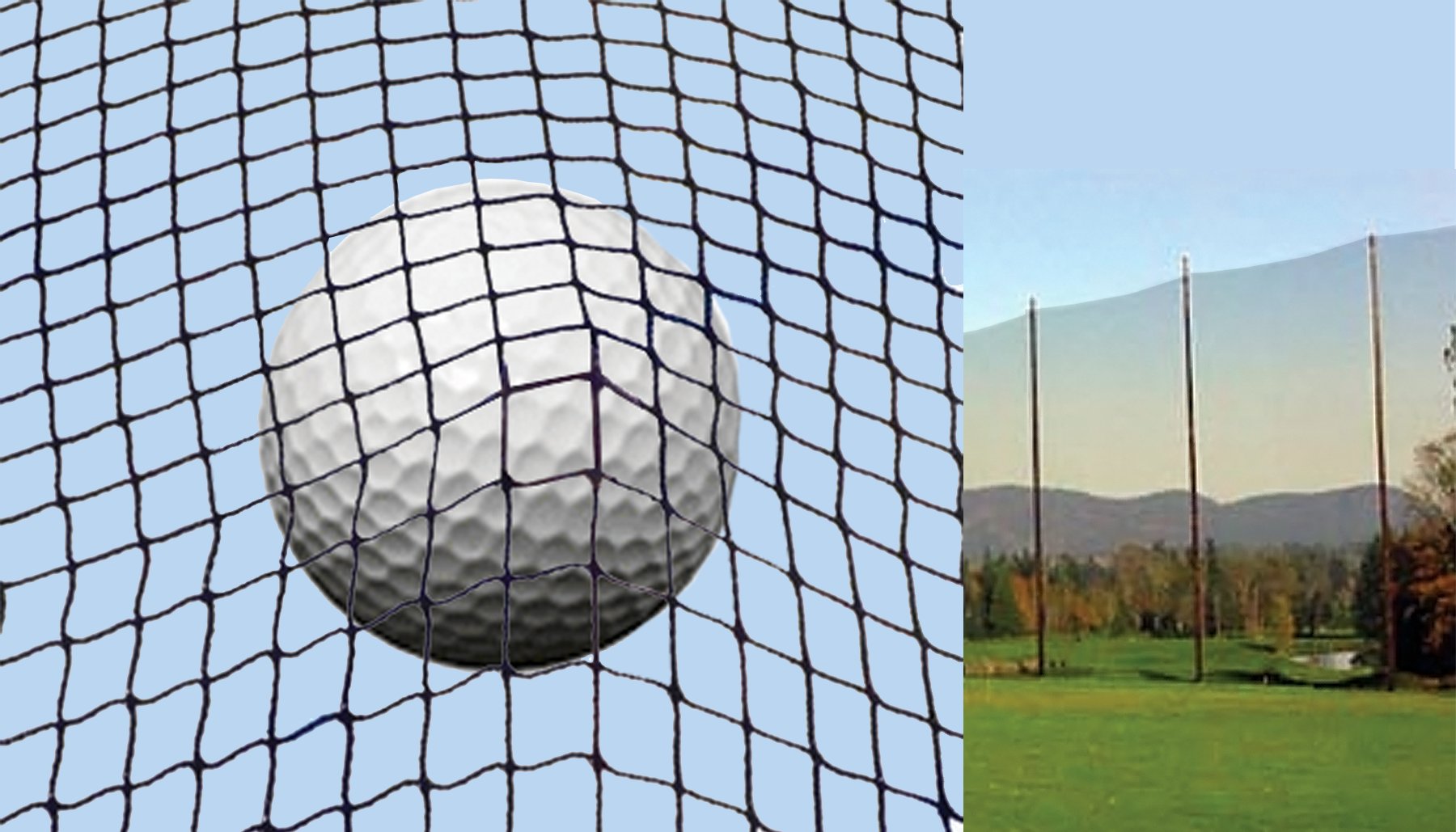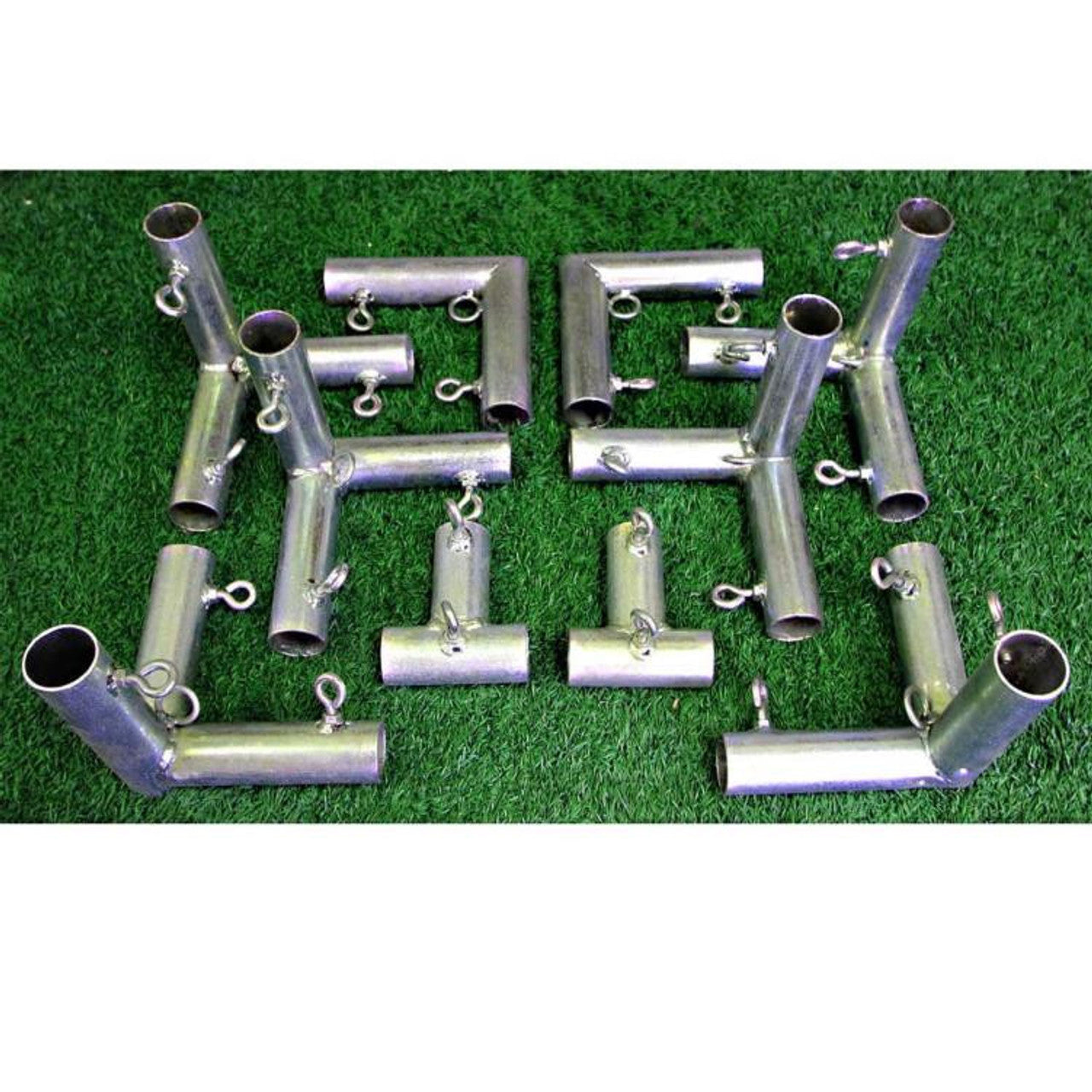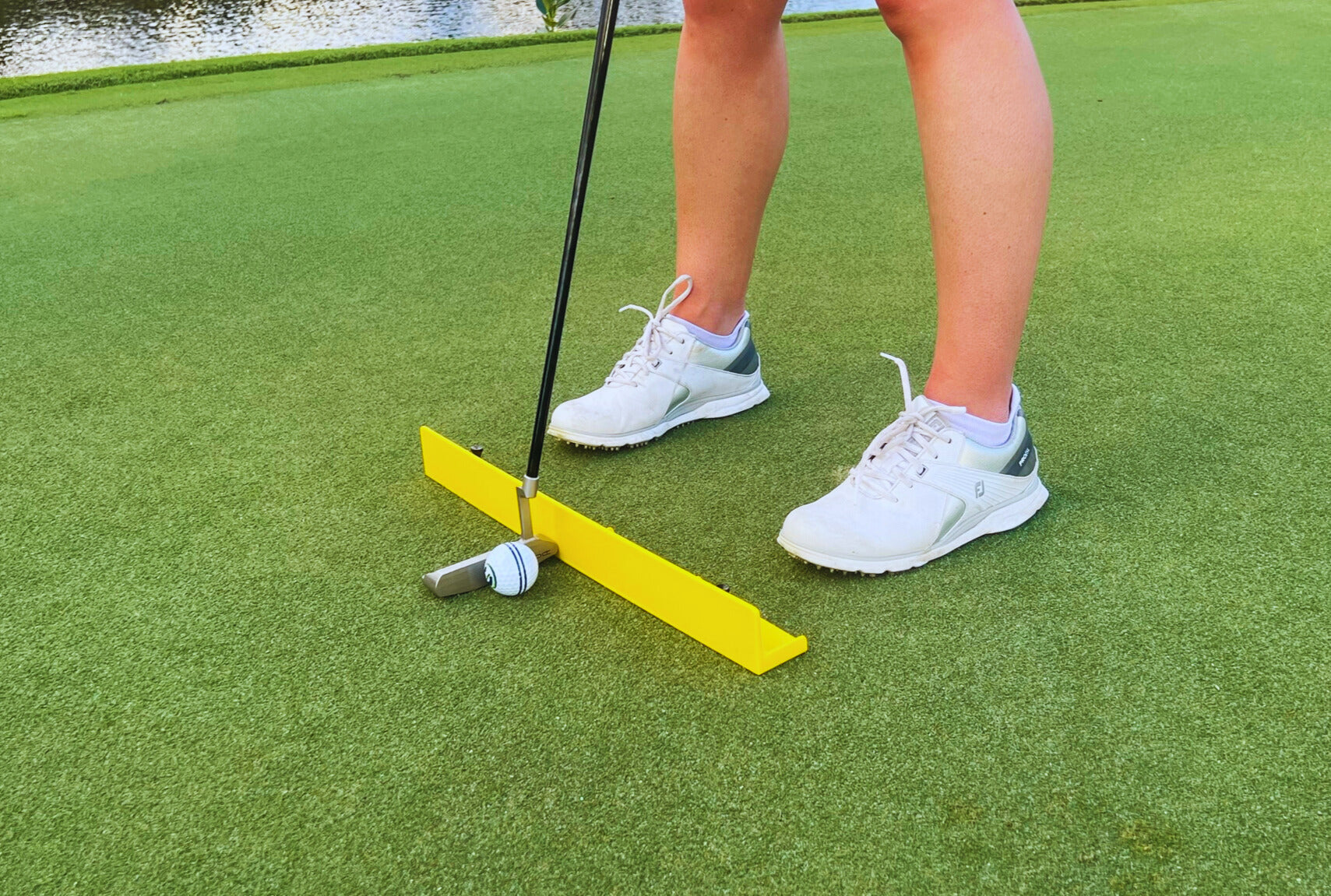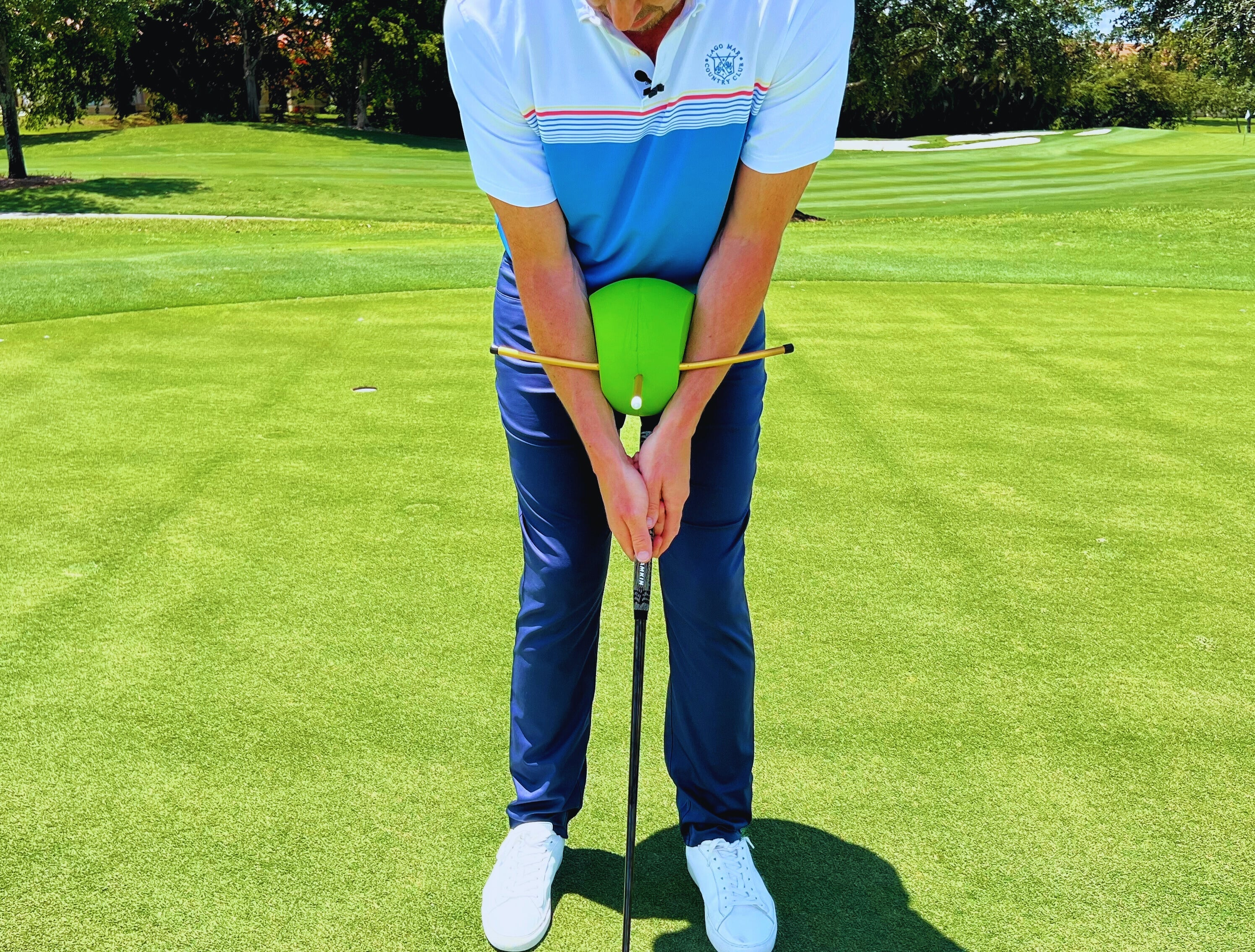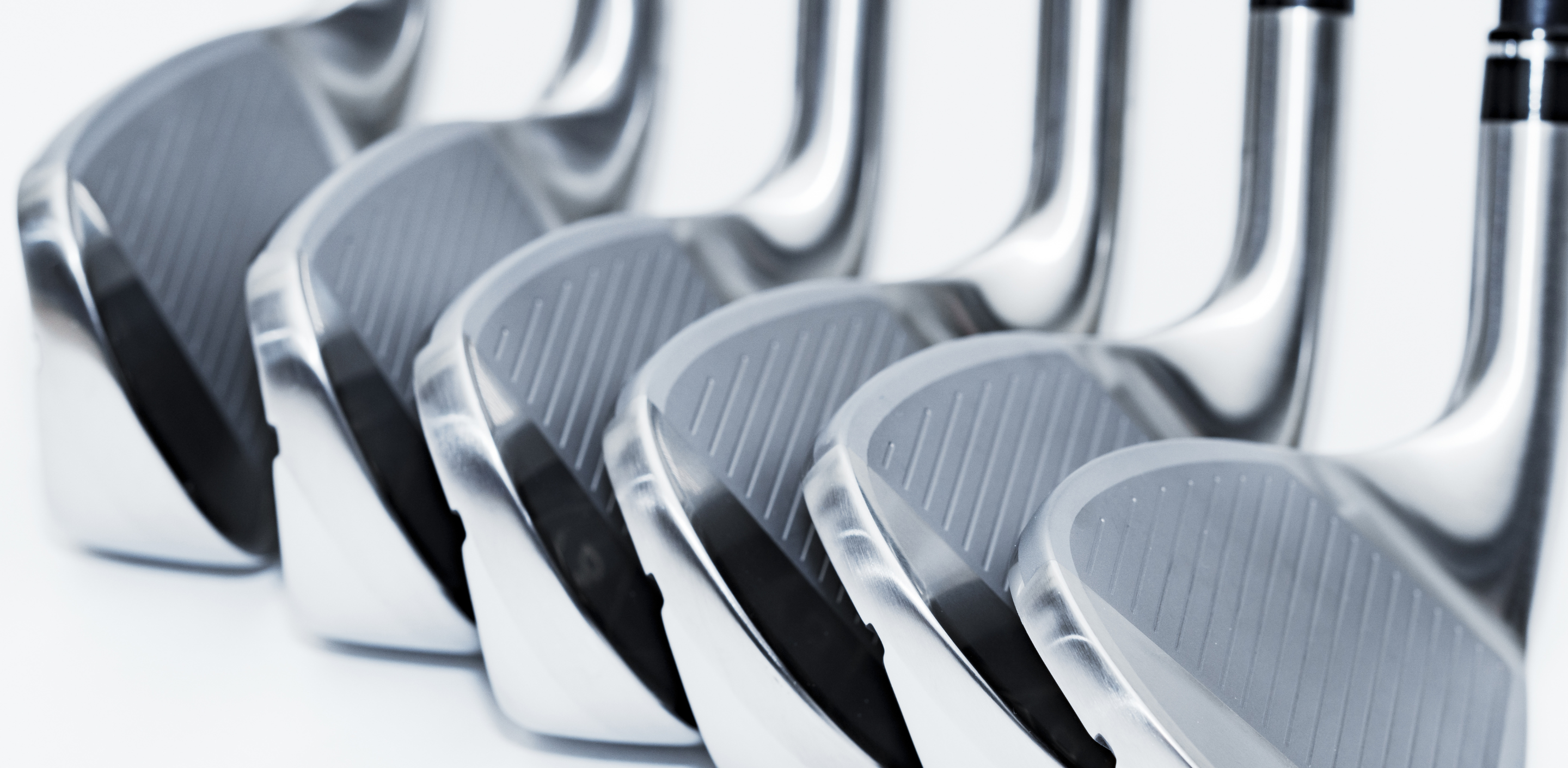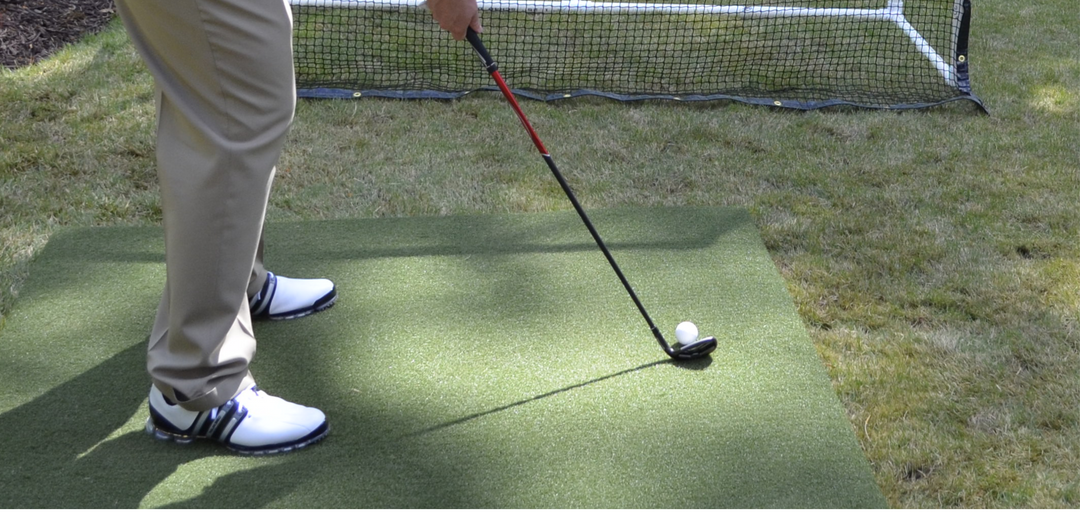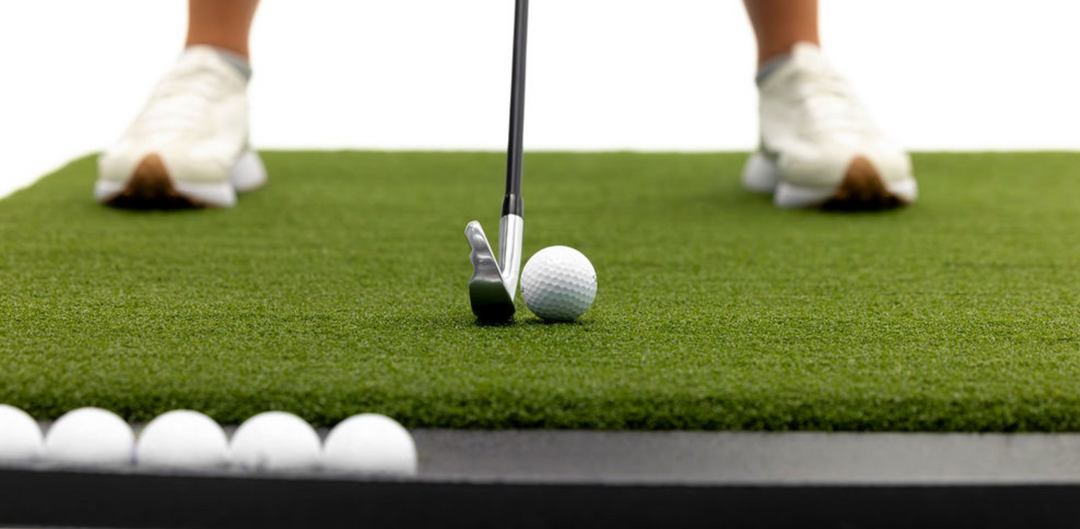Golf wedges are some of the most important clubs in your bag, particularly for shots around the greens and from bunkers. They offer high lofts that allow for precise, controlled shots with plenty of spin. Whether you're looking to improve your short game, hit more accurate approach shots, or escape tricky bunker situations, having the right wedge can make a big difference. Let’s dive into everything you need to know about golf wedges, their types, features, and how to choose the best one for your game.
- What is a Golf Wedge?
A wedge is a type of iron club with a higher loft than the standard 3-9 irons, generally ranging from 45° to 64° in loft. Wedges are designed for short, high-trajectory shots, such as chipping, pitching, and bunker play. They provide the ability to get under the ball and generate spin, which is key for control, particularly when approaching the green.
- Types of Golf Wedges
- a) Pitching Wedge (PW)
- Loft Range: 44°-48°
- Use: The pitching wedge is the least lofted wedge and is often used for approach shots from the fairway, usually between 100-130 yards for most golfers. It can also be used for chips around the green or for a higher trajectory shot.
- Features: It offers a good balance between distance and accuracy, making it versatile for a variety of situations.
- Best For: Mid-to-long approach shots and general short game play.
- b) Gap Wedge (GW)
- Loft Range: 50°-54°
- Use: The gap wedge fills the loft gap between the pitching wedge and sand wedge, often used for approach shots from 80-110 yards. It’s perfect for those situations where a pitching wedge might be too much and a sand wedge too little.
- Features: Provides more loft than a pitching wedge but less than a sand wedge, offering more control and accuracy on approach shots.
- Best For: Shots that require more loft than a pitching wedge but not as much as a sand wedge, such as full shots or approach shots from the fairway.
- c) Sand Wedge (SW)
- Loft Range: 54°-58°
- Use: The sand wedge is designed for shots from the sand or bunker but is also great for full shots, chips, and delicate approaches around the green. It’s most commonly used from 60-100 yards and is especially useful for getting under the ball.
- Features: The wide sole and higher loft make it perfect for getting under the ball and ensuring a clean strike, even from the sand.
- Best For: Bunker shots, chips, delicate approach shots, and shots from the rough.
- d) Lob Wedge (LW)
- Loft Range: 58°-64°
- Use: The lob wedge is the highest-lofted wedge, designed for shots that require maximum height and spin. It’s most useful for short approach shots, chips, or getting the ball over obstacles like trees or bunkers.
- Features: The lob wedge allows for very high ball flights and a soft landing. It’s perfect for delicate, short-game shots where precision is key.
- Best For: High, soft shots, bunker escapes, and tight lies near the green where a high trajectory is needed.
- Key Features of Golf Wedges
- a) Loft
- The loft of the wedge determines the trajectory of the ball. The higher the loft, the higher the ball will fly and the more spin it will generate. A good wedge set typically includes a pitching wedge, gap wedge, sand wedge, and lob wedge, each with varying lofts to cover all your short-game needs.
- b) Sole Design
- The sole of the wedge affects how it interacts with the turf or sand. Wedges have different bounce angles and grind options designed to perform better in specific conditions.
- Bounce refers to the angle between the leading edge and the lowest point of the clubhead. A higher bounce angle (10-14°) helps with softer ground or sand, while a lower bounce (4-8°) is better for firmer turf.
- Grind refers to how the sole is shaped and modified. Different grind options are suited to different types of turf and play conditions.
- c) Groove Design
- Wedges are equipped with grooves on the clubface that help impart spin on the ball. These grooves create friction, making it easier to control the ball on short, spin-dependent shots like chips and pitches. Urethane or milled grooves are commonly found in modern wedges to improve spin.
- d) Shaft Flex
- The shaft flex of a wedge typically matches that of the other clubs in your set (usually regular or stiff). Since wedges are used for shorter shots, the flexibility of the shaft plays less of a role than with longer clubs, but it still affects control and feel.
- e) Weight and Feel
- Wedges are designed to offer more control and precision on shots around the green. They are typically heavier than other irons, allowing for better feel and consistency, especially when trying to get under the ball or execute delicate shots.
- Choosing the Right Wedge for Your Game
- a) Consider Your Handicap and Skill Level
- If you’re a beginner or intermediate player, you may benefit from more forgiving wedges with a wider sole and higher bounce to help get under the ball more easily. Game-improvement wedges also often have larger sweet spots.
- If you’re a more advanced or low-handicap player, you may prefer more specialized wedges with unique grinds and lower bounce for greater shot-making control and versatility.
- b) Wedge Loft Gaps
- It’s essential to have consistent loft gaps between your wedges, typically in increments of 4° to 6°. For example, if you have a pitching wedge at 46°, your next wedge should ideally be a gap wedge at around 50°, followed by a sand wedge at 54°, and a lob wedge at 58° or 60°.
- c) Course Conditions
- Consider the course conditions where you typically play. For example:
- If you play on soft, fluffy courses, you may benefit from a higher bounce wedge.
- On firmer conditions or tight lies, a wedge with lower bounce will provide better interaction with the turf.
- d) Fit and Personal Preference
- Just like other clubs in your bag, wedges should feel comfortable during the swing. You may want to test a variety of wedges to see which ones feel best. Consider the weight, balance, and grip of the wedge to find one that fits your playing style.
- Popular Wedge Brands and Models
Many top brands offer high-quality wedges with unique features. Some of the most popular brands and their wedge offerings include:
- Titleist Vokey SM9 Wedges – Known for their incredible spin, control, and versatility. Vokey wedges are favored by many tour players and recreational golfers alike.
- Callaway JAWS Wedges – Offers excellent spin control with their high-spin grooves and multiple grind options for different playing conditions.
- TaylorMade Milled Grind 3 – Designed with precision milling to improve consistency and performance, especially around the greens.
- Cleveland RTX 6 Wedges – Known for their great feel and versatility, Cleveland wedges provide great spin and consistency on chips and pitches.
- Ping Glide 4.0 Wedges – Offers superior forgiveness with their larger sweet spot and unique sole grinds, designed for a variety of conditions.
Conclusion
Golf wedges are crucial for a well-rounded short game. The right wedges can help you execute a variety of shots around the green, from bunker escapes to delicate chips and approach shots. When choosing wedges, consider factors like loft, bounce, and grind to ensure you have the right tools for your game. Experiment with different wedges and find the set that suits your needs, helping you improve your performance and lower your scores.


